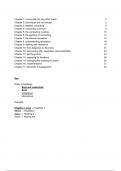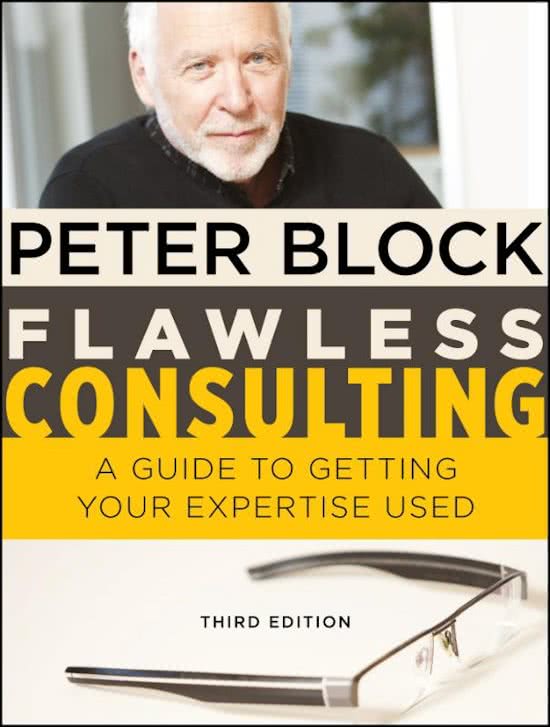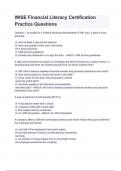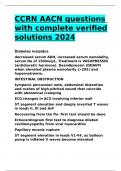Summary
Summary Flawless Consulting - Consulting Methods (6013B0526Y)
- Course
- Institution
- Book
This document contains a summary of the book Flawless Consulting by Peter Block, a requirement of the course Consulting Methods (6013B0526Y), part of the minor Business Administration: Managing Strategy and Marketing at the University of Amsterdam
[Show more]








